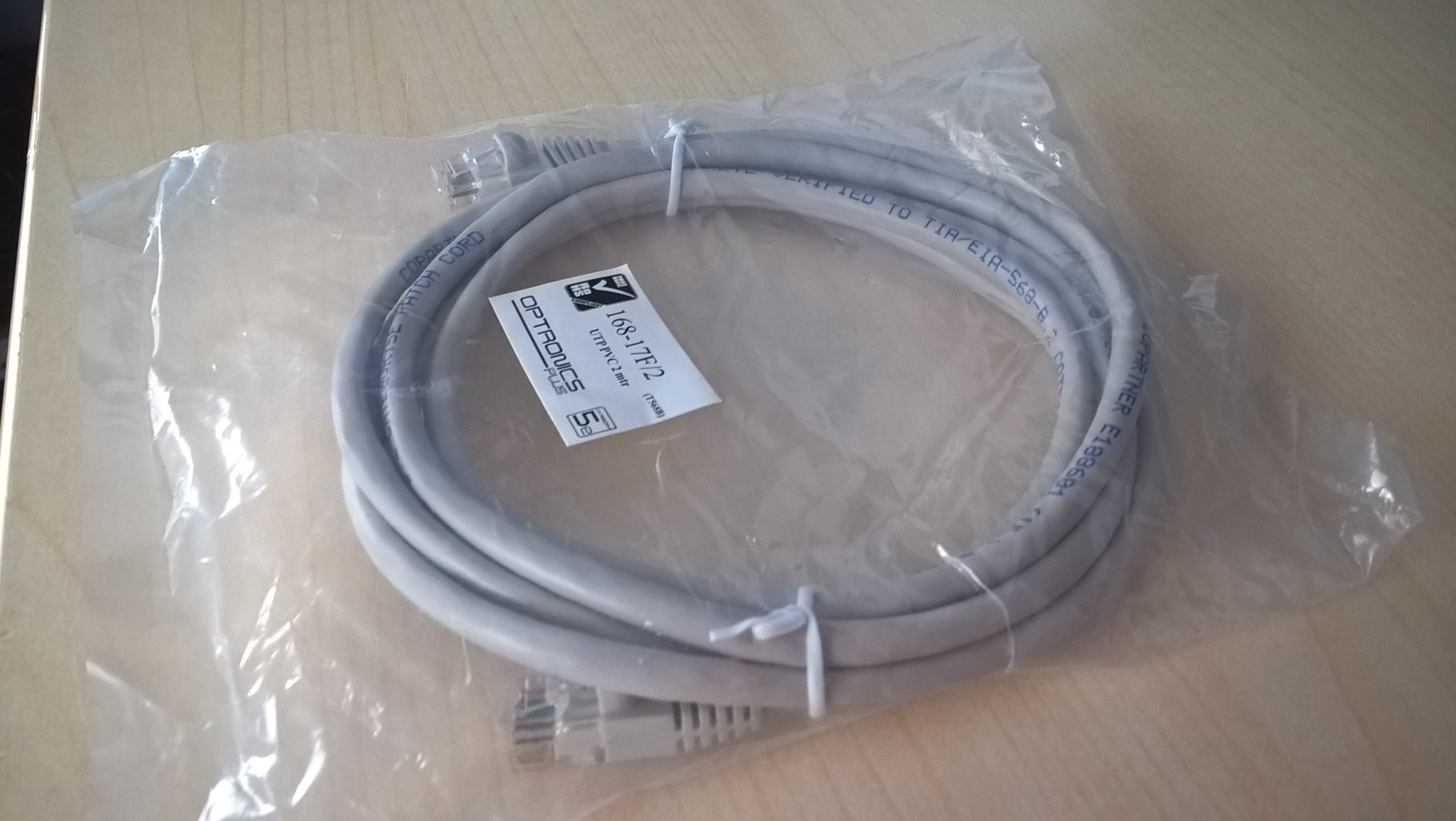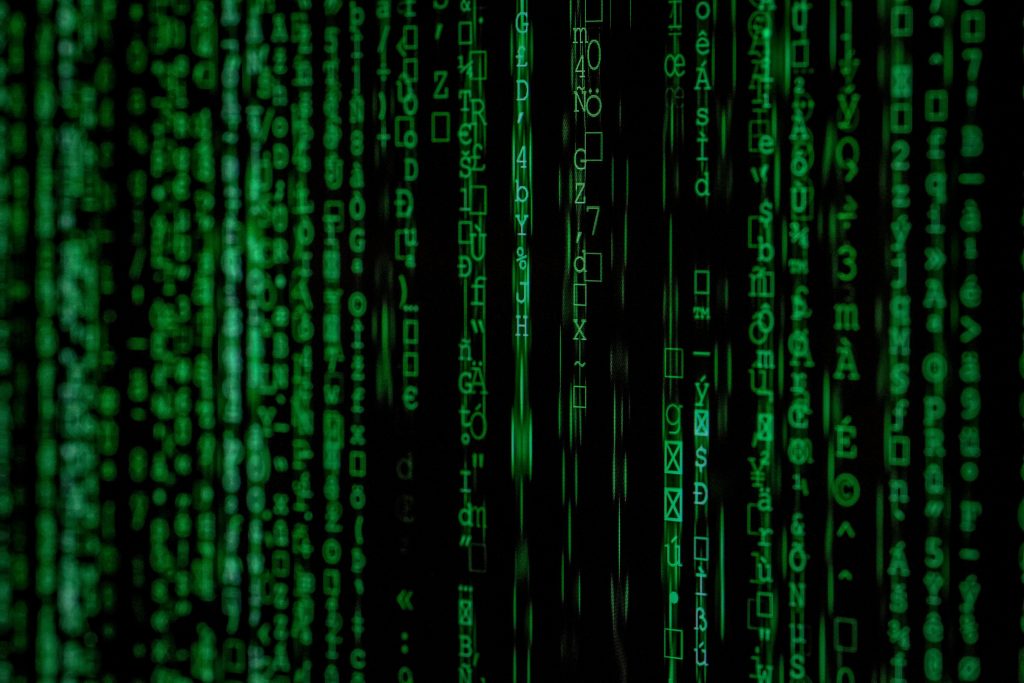Understanding the Value of Your Custom PC Build: A Comprehensive Analysis
In today’s technology-driven world, custom-built gaming and productivity PCs are an exciting and viable option for enthusiasts and professionals alike. With a plethora of components available on the market, many users find themselves wondering not just about their machine’s performance but also its monetary value. In this blog post, we will analyze a specific custom PC build, breaking down each component’s estimated worth and offering insights into the current market dynamics. This approach provides an effective way to understand how much your PC is worth while illuminating the broader aspects of the computer hardware economy.
Overview of the Custom PC Components
The listed custom PC boasts an impressive lineup of components worth examining individually to gauge their market value. Here’s a breakdown of each part:
Power Supply Unit (PSU)
New 1000W Platinum Yeyian PSU
The power supply unit is the heart of any computer, responsible for converting mains power into usable low-voltage power for the computer. In this custom build, we have a 1000W Platinum-rated PSU, which indicates high efficiency. Platinum-rated units typically deliver at least 90% efficiency at 20%, 50%, and 100% of rated load.
Estimated Value:
- Market Price: Platinum 1000W PSUs can range from $150 to $250, depending on brand and availability, with Yeyian typically positioned competitively within that range. So, let’s estimate $200 as an average price.
CPU Cooler
New Fuma 3 Cooler
The Fuma 3 is known for its efficiency in cooling and relatively quieter operation compared to stock coolers. Featuring dual tower design, it provides excellent thermal management, making it a favorite for overclocking enthusiasts.
Estimated Value:
- Market Price: After researching market trends, the Fuma 3 can be acquired for about $80 to $100. Let’s assign a typical value of $90 for this assessment.
RAM
32GB DDR4 3600MHz CL14
With performance RAM becoming increasingly critical for both gamers and professionals alike, a 32GB set running at 3600 MHz with a CAS latency of 14 is a strong asset. This is particularly important for tasks that require high bandwidth or run on multiple applications simultaneously.
Estimated Value:
- Market Price: High-performance 32GB (2x16GB) RAM modules typically price between $100 and $150. We can set a reasonable market estimate of $130.
CPU
Intel Core i7-11700K
The Intel i7-11700K is a stellar CPU from Intel’s 11th generation Rocket Lake family. Boasting 8 cores and 16 threads, it can handle gaming, video editing, and multitasking efficiently.
Estimated Value:
- Market Price: At launch, this CPU was priced at around $350. Today, depending on the supply chain and local market dynamics, it can be valued between $300 and $350. We will opt for $325.
Graphics Card
AMD Radeon RX 5700 XT
The Radeon RX 5700 XT remains a solid choice for mid-range 1080p to 1440p gaming. While a couple of generations have come out since its release, it still holds up well in terms of performance.
Estimated Value:
- Market Price: The price of GPUs has fluctuated dramatically, but currently, a used RX 5700 XT runs between $250 and $350. Given its age and condition, let’s estimate it worth $300 for this analysis.
Case
Y40 Hyte Case
Cases are more than just aesthetic shells; they play a critical role in thermodynamics and airflow management. The Y40 Hyte case is notable for its unique design and excellent cooling support.
Estimated Value:
- Market Price: PC cases vary widely in price, but the Y40 competes at around $120.
Storage
256GB SSD
This system features a 256GB SSD, which is a bit small by today’s standards but still adequate for the operating system and essential applications. Users typically complement it with larger storage solutions for games and files.
Estimated Value:
- Market Price: A 256GB SSD can range from $30 to $70 depending on the brand. For this analysis, let’s consider it at $50.
Operating System
Windows 11
Having the latest operating system can improve performance, compatibility, and provide access to the latest features. Windows 11 is currently valued quite highly due to its newer features and improvements.
Estimated Value:
- Market Price: A license for Windows 11 costs around $140.
Additional Cooling Fans
Two Noctua 140mm Used and Two 120mm New Fans
Cooling is critical in any PC build. Noctua fans are renowned for their quiet operation and effectiveness, and having extra fans helps keep the internal temperatures manageable.
Estimated Value:
- Market Price: Each Noctua 140mm fan is about $30 when new (and even used fans have some value). So, for two used and two new fans, we can estimate about $60 for the used fans and $60 for the new fans, totaling $120.
Motherboard
ASUS B560-G Motherboard
The motherboard serves as the backbone for the entire build, connecting all components. The ASUS B560-G is a capable board that supports Intel’s 11th generation CPUs and various other features.
Estimated Value:
- Market Price: A new B560-G motherboard typically retails for around $150.
Total Value Calculation
Now that we have assessed each component, we can summarize their respective values. Here’s the complete breakdown:
| Component | Estimated Value ($) |
|———————————-|———————|
| 1000W Platinum Yeyian PSU | 200 |
| Fuma 3 Cooler | 90 |
| 32GB DDR4 3600MHz CL14 | 130 |
| Intel Core i7-11700K | 325 |
| AMD Radeon RX 5700 XT | 300 |
| Y40 Hyte Case | 120 |
| 256GB SSD | 50 |
| Windows 11 | 140 |
| Two Noctua 140mm Used Fans | 60 |
| Two 120mm New Fans | 60 |
| ASUS B560-G Motherboard | 150 |
| Total Estimated Value | $1,575 |
Important Considerations for Asset Value
Market Fluctuations
One thing to consider is that the tech market, particularly for PC components, is subject to rapid changes. Prices can fluctuate based on availability, upcoming product releases, or shifts in consumer demand. Graphics cards, in particular, might experience significant value variations due to their fluctuating market conditions.
Condition of Components
The condition of each component (new versus used) plays a vital role in determining overall value. New components will naturally fetch a higher price compared to used ones, which might have some wear.
Regional Differences
Geographical location can affect the overall value as well. For example, components might be sold at a premium in certain markets due to shipping costs or local availability.
The DIY Factor
Consumers seeking to purchase custom builds are often looking for potentially tailored solutions. If you want to sell your PC, consider aspects like clean assembly, cable management, and any additional upgrades made post-build (e.g., cooling solutions) that may increase appeal.
Conclusion
Determining the worth of your custom computer requires consideration of each individual component along with various market factors and conditions. As estimated, the custom PC in question carries a potential value of around $1,575. However, it’s crucial to remain updated on market conditions, adjust your expectations and pricing accordingly, and take into account the high demand and visibility of custom-built PCs in today’s technology landscape.
This analysis not only helps individuals gauge their own machines’ monetary value but also provides insight into the broader aspect of technology asset management, which can come in handy during any future buying or selling endeavors. Regardless of your ultimate intent, understanding your PC’s value paves the way for smarter decisions in the ever-evolving realm of computing hardware.
Share this content:




Technical Support Response
Hi there! Thank you for sharing your detailed analysis of your custom PC build. Understanding the value of your PC is essential for a variety of reasons, whether you’re considering an upgrade, selling components, or simply want to know where your investment stands.
Your breakdown of each component is thorough and highlights the importance of market dynamics in determining the overall worth. Here are a few additional tips and considerations that may help you in your evaluation:
It’s also worth noting that the components
Response to “How much is my PC worth?”
Determining the worth of a custom-built PC can indeed be a challenging endeavor, but your article breaks down the components quite effectively, providing a clear understanding of how to assess each part’s value. Here are a few additional considerations to further refine your evaluation process:
1. Benchmarking Performance
Alongside component value, one should consider benchmarking the performance of the system. Utilizing tools like UserBenchmark or PassMark can provide potential buyers insights into how the build performs relative to similar configurations, potentially affecting its value.
2. Recent Market Trends
The tech market is notoriously volatile. Keeping an eye on trends, especially for GPUs and CPUs, can provide insight into future pricing. Subscribing to resources such as Tom’s Hardware or PCPartPicker can keep you informed on component pricing and availability.
3. Warranty and Support